THE KING OF SKATS IN SARATOGA PARK (1904)
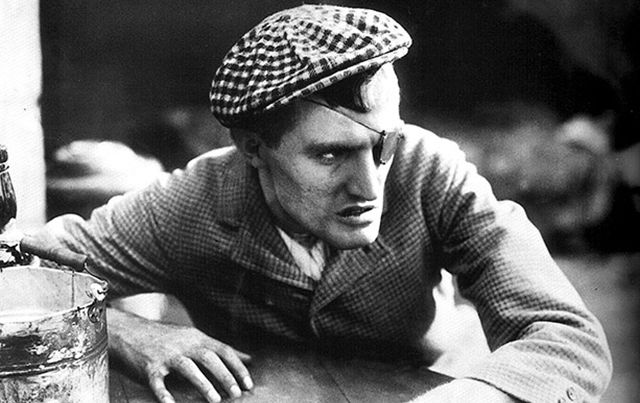
******************************************************************************************************************************** Brownstone Detectives investigates the history of our clients’ homes. The story you are about to read was composed from research conducted in the course of one of those investigations. Do you know the history of YOUR house? ******************************************************************************************************************************** Starting around 1904-1905, Saratoga Park began to develop a sinister reputation, as young men began using it for the purposes of selling illegal narcotics, assaulting park-goers, and simply loafing about and insulting anyone who walked into the park. This was a new phenomenon to the people of the district who did not understand how or why the neighborhood children had begun to disrespect their elders in such a way. One article of the time blamed the parents as much as the boys. They interpreted the occurences as the acts of disaffected sons of respectable families who had little to do with their time, were not forced to take responsibility for their actions, and could not be held chargeable by the police because their parents, who were influential, did not want their sons’ names in the papers: “These young men were night hawks. Sons of respectable, but indulgent, parents, they did about as they liked. They worked always in small groups and gloried in the thought that they could lick any cop which came their way. The groups would assemble on some street corner near the park and use insulting language to girls and women passing.” An indication of what was to come played out in the newspapers between 1905 and 1909, […]
THE BROOKLYN BARBER WHO BURGLED (1904)
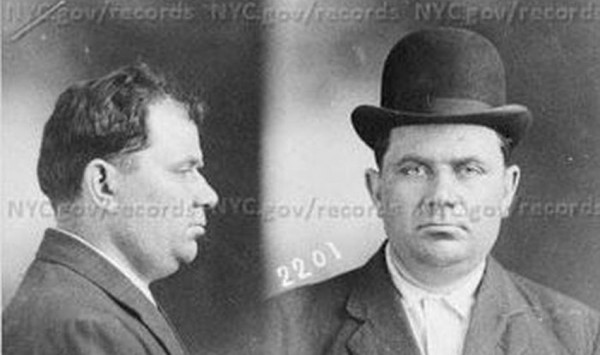
******************************************************************************************************************************** Brownstone Detectives investigates the history of our clients’ homes. The story you are about to read was composed from research conducted in the course of one of those investigations. ******************************************************************************************************************************** Abe Miller was fond of burglary. You might say that it was in his bones. He could not resist it any more than a child could resist candied apples at the fair. He burgled countless Brooklyn and Manhattan homes – more, certainly, than he was ever tried and convicted for – crossing the North River, at times, to burgle still more in New Jersey. Miller, aka Abram Miller, aka Abram Skudden, aka Abe Skudin, &c., &c., &c…was a burglar, though, of little note. As his life of crime ran from the early 20th century through 1940, he had been caught, convicted, and sentenced many times over. But he never reformed. GETTING MARRIED, ARRESTED, & DRAFTED Researching people who are long dead is like putting together the pieces of a puzzle that you find between the cushions of a couch – the pieces are a little dusty, some are broken, and usually they are not all there. In the end, if you do not have the puzzle’s box top, you are left to guess at what the whole picture looks like. This was the case with “Abe Miller.” THE PART ABOUT GETTING “MARRIED” & “DRAFTED” Miller first shows up in government records in 1904 when he married Lena Silverman 14 August on Manhattan. Both were from Russia, the two remaining […]
THE ROMANCE OF A BOTTLE NOTE (1902)

******************************************************************************************************************************** Brownstone Detectives investigates the history of our clients’ homes. The story you are about to read was composed from research conducted in the course of one of those investigations. Do you know the history of YOUR house? ******************************************************************************************************************************** Floating along in the water, down the southern shore of Martha’s Vineyard, came bobbing a corked green beer bottle with what looked suspiciously like a note inside. Coaxing the bottle to shore with a stick, Harold A. Thomas barely got his shoes wet in retrieving the missive. It was certainly a distress call from the survivors of a sunken ship marooned on some unknown exotic island. Upon uncorking the bottle, Thomas fished the note out with some effort, unrolled the coarse paper, and began to read the nicely penned lines therein: “On board the good old ship Southwark the first day of September, in the year of our Lord nineteen hundred and two, we, the ‘Smart Set,’ have assembled in Cabin No. 5, to celebrate the last night of a most agreeable voyage.’ Not the note that Thomas had expected, his hopes of saving the daughter of an ambassador or the owner of a large and profitable railroad company, were suitably dashed against those great rocks that had so recently been the cause of the imagined marooning. Thomas, hoping to salvage something from his discovery, read on. “A reward of $5 will be given to any mortal or immortal who will bring this note to Howard S. Parker, 414 Madison street, […]
CONEY LOOP SENDS GIRL TO ASYLUM! (1901)
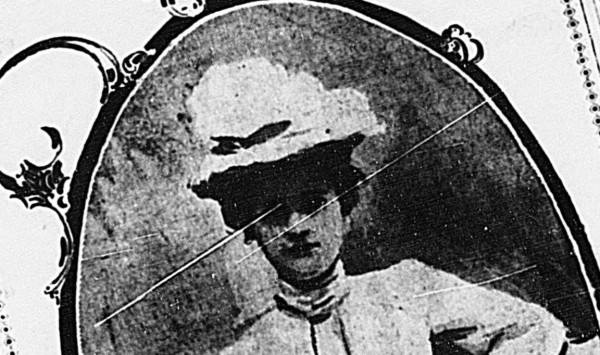
******************************************************************************************************************************** Brownstone Detectives investigates the history of our clients’ homes. The story you are about to read was composed from research conducted in the course of one of those investigations. Do you know the history of YOUR house? ******************************************************************************************************************************** “Oh, mamma! They tied me in the ‘loop the loop’ and I shall die. My head is on fire!” So cried Bertha Zwickler who earlier that day had ridden Coney Island’s latest “attraction,” the “Loop The Loop,” a sort of looping roller coaster that was among the first ever built. The day after her ride on what the New York Evening World referred to as the “idiots’ joy,” Bertha lay babbling incoherently on Ward’s Island in the Manhattan State Hospital for the Insane. RAGE AGAINST THE MACHINES It was a strange story. It was not the reasoning, though, behind this new “rage against the machines.” It seemed that the powers that were in the city had simply had enough of the madly raging carnival atmosphere of Coney Island, which, according to its chieftains, had broken out and gone beyond all moral and ethical boundaries for the period. The Evening World sensed this wickedness incarnate and the political atmosphere brewing, and so they decided to make hay with this story. They literally foamed at the mouth over the Loop the Loop, describing Zwickler after the event: “She was the main support of a family of seven, and in her ravings the helplessness of those to whom she devoted her young life is […]
THE “BRIDGE & TUNNEL” CROWD (1903)
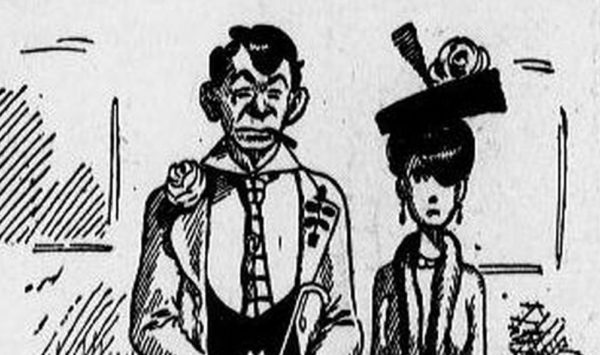
******************************************************************************************************************************** Brownstone Detectives investigates the history of our clients’ homes. The story you are about to read was composed from research conducted in the course of one of those investigations. Do you know the history of YOUR house? ******************************************************************************************************************************** In 1896, the “Bridge & Tunnel” hipster crowd took a giant leap forward. With the success of the Brooklyn Bridge – and its affect on the borough’s progress – long ago assured, construction on the Williamsburg Bridge had begun that year. Shortly after the bridge’s opening in 1903, though, the seriousness of the occasion passed, and the inevitable cartoons lampooning the “simple folk” of the outer boroughs would begin to appear. This cartoon was printed in The Evening World about a year after the opening – just long enough afterwards for the cartoonist – and everyone else who traveled the bridge on a regular basis – to have already become familiar with the “types” who crossed the bridge. It lampooned the “country mouse comes to the city” aspect of those suburbanites (rural dwellers, to those living in the city) from the outer borough of Brooklyn who were beginning at the time to patronize the offerings of the city through its novel and accessible rapid transit system. The cartoon also depicted the out-of-date dress and forced style of the Williamsburg “set.” Specifically, though, it represented the new access to the city that the commuters from the Eastern District of Brooklyn (read Williamsburg) then enjoyed due to the recent addition of the new […]
TRAPPED IN A BILLYBURG FREEZER (1902)
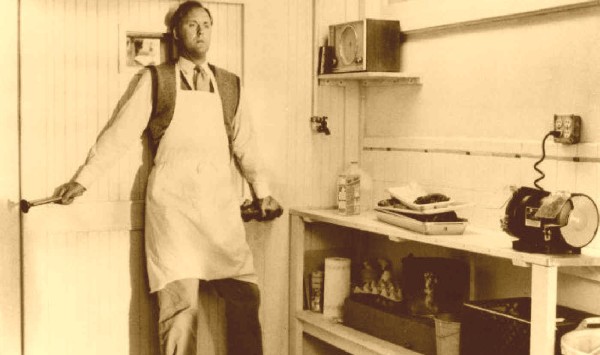
******************************************************************************************************************************** Brownstone Detectives investigates the history of our clients’ homes. The story you are about to read was composed from research conducted in the course of one of those investigations. Do you know the history of YOUR house? ******************************************************************************************************************************** If you stepped into a walk-in freezer and the door slammed shut on you – how long do you think you could hold out? In this day and age, such a scenario certainly plays itself out on the mental movie screen anytime we step into one. Such accidents happened enough that the freezer companies began to make safety locks allowing those trapped so to be able to escape without outside assistance. Back in 1902, however, you were – literally – on your own. THE SALOON AT GRAND AND GRAHAM H.H. Myers, a German saloon keeper, had moved recently from Manhattan to Brooklyn to open up a new saloon in the Dutch Town section of Williamsburg at Grand Street and Graham avenues. In his new place he “had things so arranged that he kept his beer barrels in an ice box in the cellar. One Saturday night in 1902, Myers had a thirsty crowd about the place, “all of whom were demanding more beer.” When one keg went dry, Myers descended his cellar stairs and entered the ice box to “put on” a new one. Myers had his set up such that the pipes leading from the beer taps behind his bar led down to the ice box in the cellar, where […]
PARDONED THAT HE MAY HANG (1905)
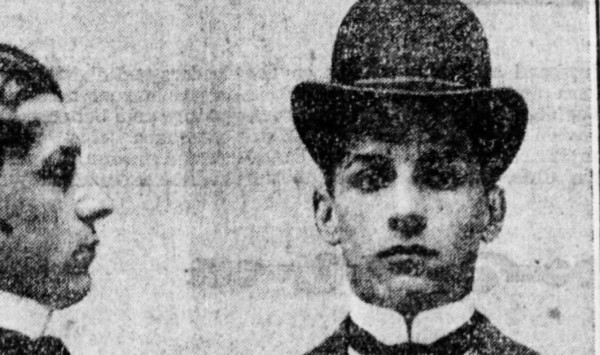
******************************************************************************************************************************** Brownstone Detectives investigates the history of our clients’ homes. The story you are about to read was composed from research conducted in the course of one of those investigations. Do you know the history of YOUR house? ******************************************************************************************************************************** He was a “desperate young crook,” according to the Governor of New York. But the governor went ahead and pardoned him anyway. Charles Bassett, 19, of Brooklyn, had committed enough crimes that the State decided that he needed to be put away for eight years in Sing Sing. Amongst other felonies, he “broke into Nicholas Weinberg’s jewelry store on Fifth Avenue” and “assaulted Jeweler Bridger and stole his diamond on Fulton Street.” And these were the crimes that they knew about. Bassett was a bad apple – plain and simple. But Governor Higgins in an agreement with Connecticut’s governor, made a deal that scared and surprised everyone. And in the process, he practically opened Bassett’s cell door himself, escorted him through the yard, and watched as he walked out the prison gates. ROBBING PETER TO PAY PAUL These listed crimes, however, were but mere child’s play when his solitary darker and fouler crime was taken into account. As all good thieves do, Bassett had a criminal network to which he belonged. As soon as there was a chance to make a quick buck without having to do work of any kind, Bassett could smell the opportunity. In Bridgeport, Connecticut, a $20,000 haul was the glimmering bauble that lured Bassett’s attention. It […]
A BEER CALLED MÜNCH (1904)
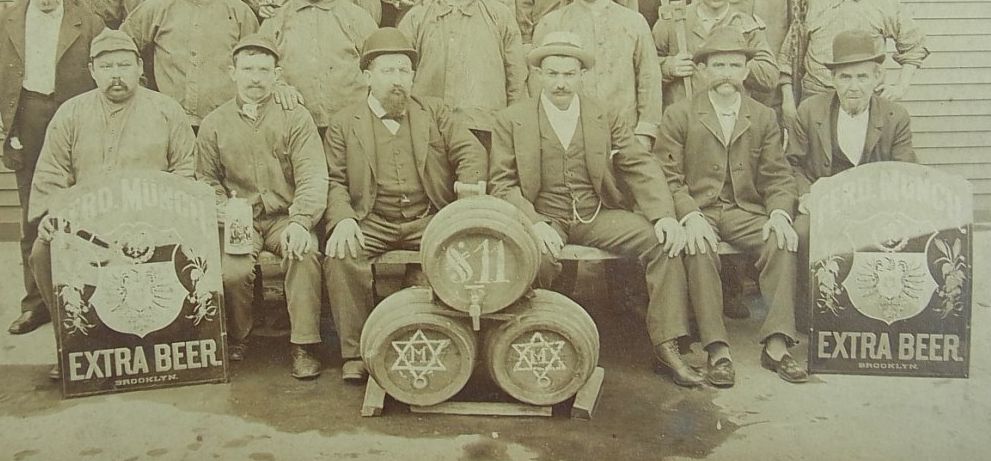
******************************************************************************************************************************** Brownstone Detectives investigates the history of our clients’ homes. The story you are about to read was composed from research conducted in the course of one of those investigations. Do you know the history of YOUR house? ******************************************************************************************************************************** One might wonder if a beer called “Münch” had at one time been on the receiving end of an unfortunate and slightly counter-intuitive moniker. Today, product names are usually selected based upon their abilities to stir some positive emotions – within the minds of the consumers – about their products. “Munch,” though, was not always an informal term describing a way of eating. More than 100 years ago, it was also a German name that was connected in the minds of many Brooklynites with a very satisfying “table beer.” THE MUNCH BREWERY The Ferdinand Münch Brewery, located at 277-299 Vernon Avenue from the late-1870s through to about 1920, when Prohibition spelled its end, satisfied the palates of Brooklyn, as a “family” beer, for more than 40 years. Housed originally within a building of old stone construction, Ferdinand Münch replaced the brewery building with a structure of brownstone and brick shortly after he purchased the property. Münch, though, would pass within the decade and leave his brewery to his sons, one of whom was William Münch. WILLIAM MUNCH AND HIS BROADWAY BUILDING In 1904, Sigmund Eisenbach, of 227 Gates Avenue, built a 4-story office building on the corner of Myrtle and Broadway, selling it to Ferdinand’s eldest son, William Münch, who had […]
WHAT EVIL LURKS AT No. 666 MACON? (1903)
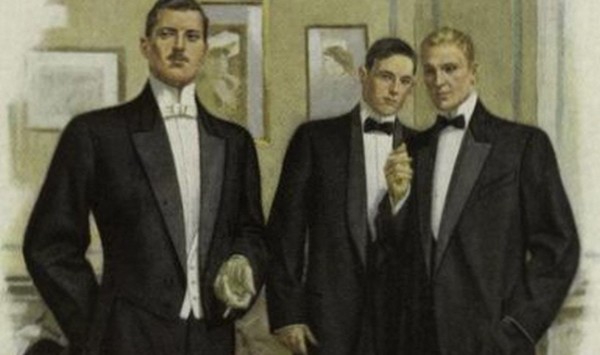
******************************************************************************************************************************** Brownstone Detectives investigates the history of our clients’ homes. The story you are about to read was composed from research conducted in the course of one of those investigations. Do you know the history of YOUR house? ******************************************************************************************************************************** Back in 1903, society saw less evil in the world. Especially in its own neighborhoods. Some people, though, saw it all around them. It was not certain which vantage point drove Ebba Stolpe, but she clearly saw the gathering forces of darkness over 666 Macon Street. LITTLE AMANDA STOLPE Little Amanda Stolpe (Ebba’s younger sister) was just 11 years old when her father died. For reasons that are not clear, Amanda’s step-mother decided that Amanda could be better taken care of by another family. The Bodines, who took little Amanda in, were John and his purported “wife,” Augusta. They were the caretakers of the Sixteenth Assembly District Republican Clubhouse – commonly referred to as the King’s County Men’s Club. Located at 666 Macon Street, in a 2-story and basement brownstone, the King’s County Republican Club was one of the “best known political clubs in Brooklyn,” according to the Brooklyn Daily Eagle, and included amongst its members “many men well known in the business and public life of the city.” Well-known or not, when Ebba found out that her 11-year-old sister was living and working – for Amanda helped with the cleaning and the sweeping at the clubhouse – at the King’s County Republican Club, she was none too pleased. She and […]
TRUST ME, I’M A…SHOEMAKER? (1900)
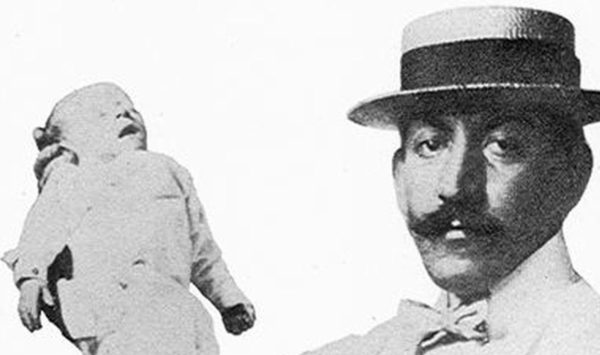
******************************************************************************************************************************** Brownstone Detectives investigates the history of our clients’ homes. The story you are about to read was composed from research conducted in the course of one of those investigations. Do you know the history of YOUR house? ******************************************************************************************************************************** If you stepped into the doctor’s office at 635 Herkimer Street early in 1900, you would have been greeted with the kindly smile of Dr. Walter C. Falk. Dr. Falk would have listened to your heartbeat, asked you a number of questions in a slight German accent, charged you an office visit fee, and then, after disappearing and the reappearing from a back room, prescribed you any number of medications – which he would, of course, sell to you directly. Over the coming weeks, your ailment may or may have not gone away. If it did, it was most certainly not due to the medication for which you paid and took faithfully. For you see, it was very soon discovered that “Dr.” Falk, who had only been in town for approximately eight months, was not a doctor at all. He was a “shoe cutter.” “DR.” FALK, I PRESUME? Falk noted on the 1900 Federal Census that he had been born in Germany in 1848. He was 51 years old at the time and was currently a lodger at the boarding house at 635 Herkimer Street, where he lived with seven other men and a small family. An 1892 New York State Census record, though, showed him living in the town of […]